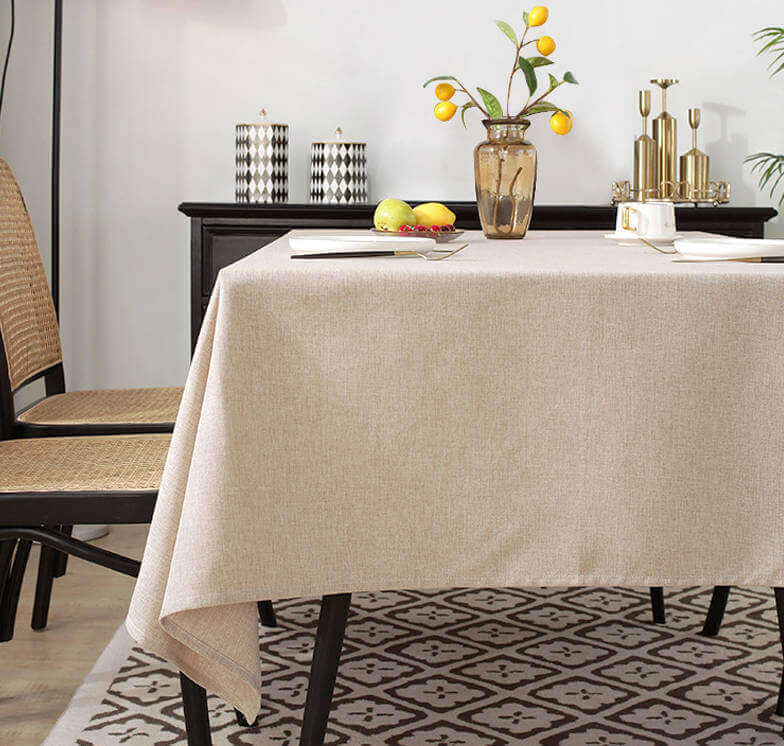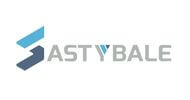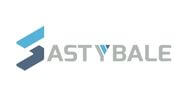How do you clean a flannel backed vinyl tablecloth?

A delicate and elegant tablecloth is indispensable if you want to enhance the mood and atmosphere of a family restaurant. In addition to playing an important decorative role, the tablecloth protects the dining table to a certain extent. The existence of the tablecloth can not only bring a good decorative effect to the house but also reduce the wear on the table and effectively avoid stains. Dirty table, but cleaning the tablecloth itself will bring us a lot of trouble. Today, I will give you some advice to solve this problem.

The source of stains on tablecloths
Most of the stains on tablecloths are food, drinks, vegetable juices and condiments. Specific subdivisions may include cream, fish, gravy, vegetable juice, soft juice, tea, coffee, red, white wine, soy sauce, vinegar, and other condiments and flavouring oils. Due to the complex source of stains, the criss-cross distribution of stains, and the long existence of stains, it is difficult to remove stains and wash tablecloths.
So, how to clean the PVC tablecloth for the household dining table?
First, we will introduce the most common tablecloths made of PVC. The PVC solid wood tablecloth with cotton backing is the best. Its advantages are soft, easy to fold, various colours and patterns, and easy to match. And the table cloth made of PVC material is better to take care of, and the service life is longer.
Different types of dirt cleaning methods should also be different
1. Water-soluble dirt
After the tablecloth is used, it should be cleaned immediately so that the cleaning effect is the best, especially the stains soluble in water such as vinegar, wine, sugar, and salt. Before cleaning, the tablecloth can be soaked in vinegar, salt, etc. After a few minutes, wash it and dry it out, which can effectively remove stains such as vinegar, wine, sugar, and salt.

2. Grease dirt
This type of dirt is mainly animal and vegetable oils. The oils and fats in animals and plants have different melting points. Some are liquid, and some are solid at room temperature. Traditionally, we call liquid oils called oils, mainly vegetable oils such as soybean oil, peanut oil, and rapeseed oil.
The solid is fat, mainly from animals such as lard, sheep oil, tallow, etc. The grease-stained tablecloth has both high melting point fat and low melting point oil, and it is more of a mixture of oil and fat. They are insoluble in water and have a good affinity for cotton and chemical fibres.
When washing, the grease must first be melted before being washed away. This kind of dirt should be removed with an alkaline solution: add 5ml of an alkaline solution to 5L of clean water. After completely dissolved, please boil it on a tablecloth for about 5 minutes.

After the oil and protein stains completely disappear, take them out for cleaning. In practice, we have realized that the oil stained on the tablecloth that has been oxidized at a high temperature after cooking is easier to remove than the oil that has not been fried.
The oil on the chemical fibre tablecloth is more difficult to remove than the cotton tablecloth.

3. Protein and starch dirt
This type of dirt includes fruit juices containing vegetable protein, cakes, rice, starchy food residues, etc., which are easy to remove in cold water but will solidify on the fabric after heating and washing, which is difficult to remove.
4. Pigmented dirt
Such as green vegetable juice, red chilli oil, brown coffee stains, tea stains, etc, which are often mixed with oils and fats. When the oils are removed, the pigments are easily removed by oxidants or reducing agents.

5. Other methods
If some places are stained with oil stains, you can use a toothbrush dipped in detergent to scrub gently, wipe it with a toothbrush dipped in water, and then dry it with a clean cotton cloth. If it is a special fabric afraid of abrasion, it can be gently scrubbed with detergent.
Please mix a little flour with cold water to make a paste, apply it to the front and back of the oil stain, and dry it in the sun to remove the flour and the oil stain is removed.
Thickly apply mung bean powder to the oil stains, and then use an electric iron for a while to remove the oil stains.
Put a piece of blotting paper on the front and back of the oil stain, press one page, dust it off, and then wash it with hot rice soup.

What should I do if the PVC tablecloth turns yellow?
1. If the PVC tablecloth is yellow, it can be wiped off with polysiloxane-polyalkoxy ether copolymer, the so-called foaming spirit and water-soluble silicone oil. First, chlorosilane is hydrolyzed to form polysiloxane, and then it is condensed with polyether to form polysiloxane-polyalkoxy ether copolymer, which is a yellow or brownish oily, viscous and transparent liquid. We only need to use polysiloxane-polyalkoxy ether copolymer to wipe the yellowed tablecloth to wipe it clean.
2. If the PVC tablecloth turns yellow, it cannot be wiped with bleach because the bleach is too corrosive so it will break the yellowed tablecloth. If you don’t want to replace a new plastic tablecloth, you can also use an alkaline surface. Wipe the yellowed tablecloth, then wipe clean with water. You can also soak the yellowed tablecloth in vinegar, then rinse it clean.
Common tablecloth washing procedures
1. The main washing and bleaching procedures are listed here. In principle, the oil is washed out. First, the pigment covered by the oil is exposed, and then the pigment is destroyed, that is, bleaching, and the effect will naturally be better. There is another program, the main washing and bleaching are carried out at the same time, that is, the bleaching agent is added after the main washing for 10 minutes.

2. A hard water softener should be added to the main wash when washing under hard water conditions.
3. It is best to wash the dirty tablecloths separately from the less dirty tablecloths during sorting. The amount of detergent for the dirty tablecloths can be increased, and the amount of detergent for the less dirty tablecloths can be reduced, saving the number of materials.

4. After the dimensional table cloth is heated for the main wash, it should not be drained immediately. Still, it should be gradually cooled with cold water before draining, so it is not easy to wrinkle after ironing.
5. At present, dimensional tablecloths are widely used, and no sizing is required, but the mouth cloths need to be sized to be easy to make patterns because they are required to be tall and straight.

6. The tablecloths, table skirts, etc. used in the conference room can be washed by referring to the above procedures.
How to maintain furniture?
1. Soap cleaning method: Every once in a while, wooden furniture should be cleaned. When washing, use a soft rag or sponge to scrub with warm soapy water. After drying, use furniture oil and wax to brush it to make it smooth...

2. Milk cleaning method: Use a clean rag to soak in expired milk or general edible milk, and then use this rag to wipe wooden furniture such as tables, and the effect of removing dirt is very good.
3. Beer cleaning method: Take 1400 ml of boiled light beer, add 14 grams of sugar and 28 grams of beeswax, and mix well, when the mixture is cooled, dip it with a soft cloth to wipe the wood, and then wipe it with a soft dry cloth. Use a rag dipped in toothpaste or powder to wipe the paint colour from yellow to white.
4. Boil the milk, put a towel under the (clothes), use a ball of cotton dipped in the soil to warm the milk and rub it on the oil stains until they disappear.
To clean and effectively clean the tablecloth and prolong the service life of the tablecloth as much as possible, it is necessary to master some effective ways to clean it.




